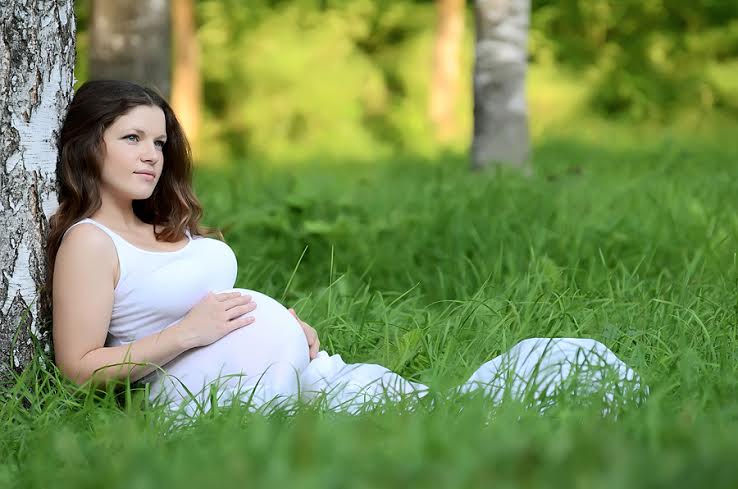Mothers who live near green spaces deliver babies with significantly higher birth weights, according to a new study by Ben Gurion University researchers, “Green Spaces and Adverse Pregnancy Outcomes” published in the journal Occupational and Environmental Medicine.
A team of researchers from Israel and Spain evaluated nearly 40,000 single live births from a registry birth cohort in Tel Aviv, Israel to determine the impact of green surroundings during pregnancy and birth outcomes.
“We found that that overall, an increase of surrounding greenery near the home was associated with a significant increase of birth weight and decreased risk for low birth weight,” says Prof. Michael Friger, of BGU’s Department of Public Health. “This was the first study outside of the United States and Europe demonstrating associations between greenery and birth weight, as well as the first to report the association with low birth weight.”
SEE ALSO: Parents’ interrupted sleep is the equivalent of no sleep at all
An analysis of neighborhood socioeconomics also revealed that the lowest birth weight occurred in the most economically deprived areas with lack of access to green spaces. Green spaces — parks, community gardens or even cemeteries — were defined as land that is partly or completely covered with grass, trees, shrubs, or other vegetation.
“The application of remote sensing data on surrounding green areas enabled our study to take small-scale green spaces (eg, street trees and green verges) into account, while the OpenStreetMap data determined the major green spaces,” Friger explains.
SEE ALSO: Excess weight during pregnancy affects children’s health
Prof. Friger mentored the lead researcher, Dr. Keren Agay-Shay, Centre for Research in Environmental Epidemiology (CREAL), Barcelona for the study, which was the result of collaboration between researchers in Israel and Spain.
The Israel Environment and Health Fund supported the study.
Related posts

Israeli Medical Technologies That Could Change The World

Harnessing Our Own Bodies For Side Effect-Free Weight Loss

Missing Protein Could Unlock Treatment For Aggressive Lung Cancer




Facebook comments